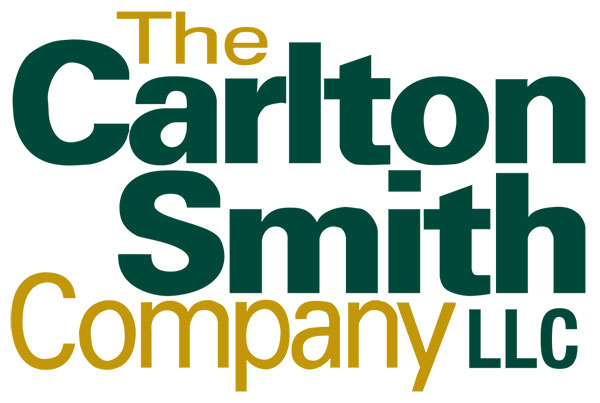Failure of the proposition to build a new Juneau city hall is a perfect opportunity to more fully analyze this project into the future. While the CBJ spent a considerable time looking at site options, we’d like to see more time and resources devoted to a full third-party analysis of how the cost of a new municipal building, and its proposed uses, will benefit Juneau well into the future. The analysis, which should be done by third-party experts who routinely offer objective advice to municipal governments, can offer perspectives that take into account projected population growth, neighborhood impacts, parking and traffic patterns and other factors. We know that when the current downtown landlord-owned spaces are vacated, there will be impacts on office, retail, housing and other uses. These can easily be quantified, and the affected parties should be consulted. The CBJ should not be afraid to engage real estate professionals to advise them on this important project. The results of a properly crafted third-party study could offer some alternative results and possibly serve to increase public interest in the idea.
Increases in Commercial interest rates are tracking the dramatic rise in residential rates with impacts to be felt soon for Juneau Commercial projects. Conventional banks are now reporting that their rates for commercial projects in the $500,000 to $1,000,000 range are tracking the increases we’ve seen in residential mortgage rates of late. For example, while rates for the state-subsidized AIDEA loans that are 25 years in length have moved from 4.52% in April to 5.84% in October, conventional rates at most banks have moved up above AIDEA’s by as much as 150 basis points. And with the next scheduled review of interest rates at the Fed, it is a fair assumption that conventional rates will increase even more by spring 2023. The impact on Juneau commercial projects will surely be felt, but most likely not until the second quarter of 2023.
NNN Investor properties nationwide are seeing yields compress as inventories of quality investments shrink, and some markets see spikes in competition for available single and multiple-tenant properties. The “buzz” among commercial investors seeking to invest outside of Alaska is the realization that 2022 continues to see “compression” in cap rates or yields from properties in many lower 48 markets. “Compression” of cap rates refers to the rising market prices of investments in relation to the income the investment will generate. Reduced yields can also result from high investor demand or a general lack of quality inventory resulting in higher prices for the same assets. Properties that are available in tax-free states see more demand from investors that may be invested in less business-friendly states. Both Florida and Washington are favored targets by investors seeking tax relief. Texas remains the overall favorite for these kinds of investments. Because supply is limited, pricing tends to rise. Examples of these kinds of investments are in industrial, corporate-backed retail, grocery centers, and drug stores. Many investors buy these properties using 1031 exchanges when they sell their Alaskan properties. The Carlton Smith Company has completed several of these investments totaling over $40 Million in other markets outside of Alaska
Lease markets nationwide are still hesitant to fully re-open even though COVID numbers are down, and a new booster makes its debut. Even with the COVID numbers declining steadily, most corporations and non-profits of scale in Juneau are delaying announcements to return fully to work from their office locations. There are at least three reasons for this. COVID 19 has placed great strains on all organizations’ administrators to make accurate predictions of revenue and expenditure into the new year. Second, even the CDC is hesitant to predict with certainty what the new year looks like, as a barrage of new variants are still expected to persist. Finally– after two years of “creative” use of office space, and with many workers turning on their PC’s from home, managers are having some difficulty predicting how these elements will come together in 2023.
